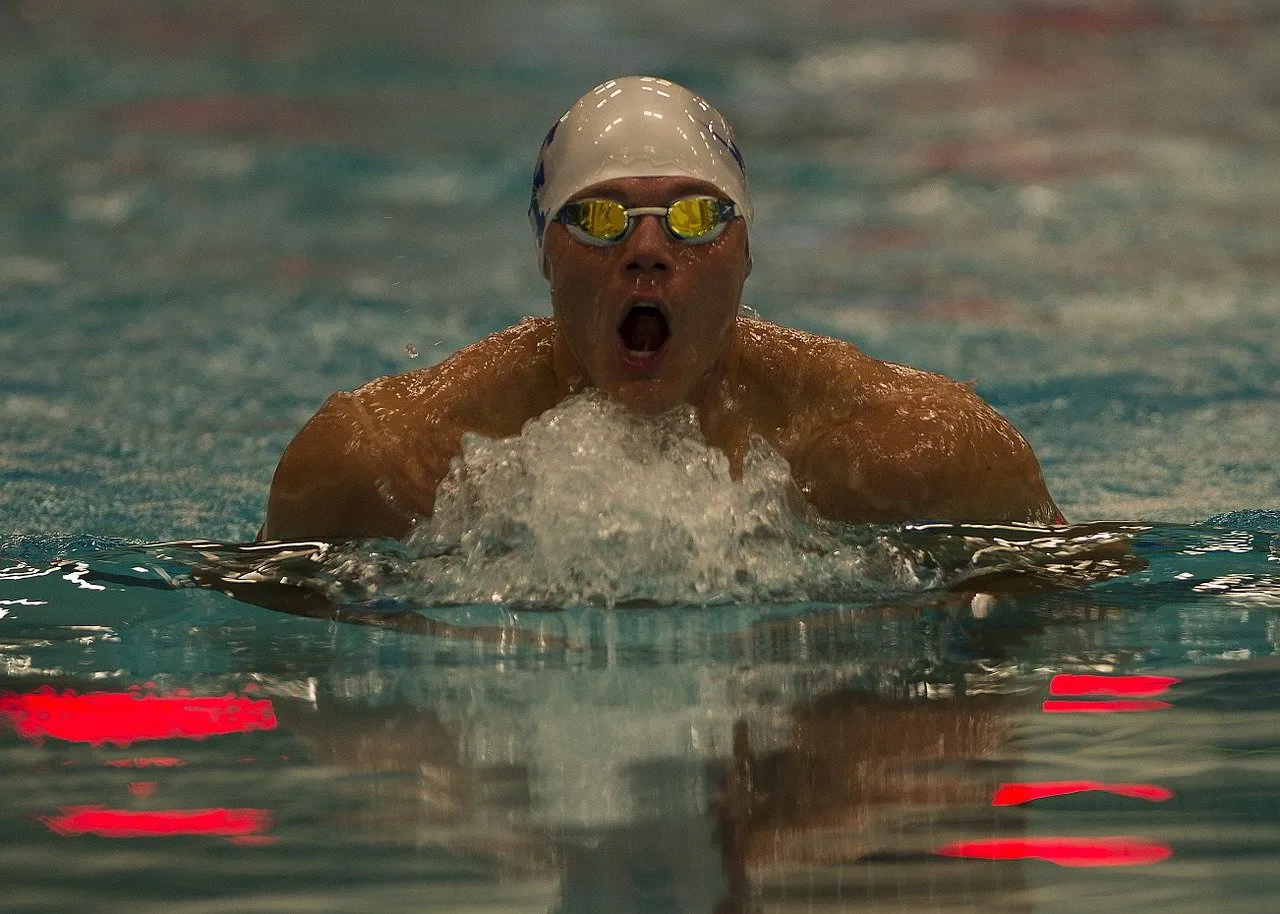Encountering obstacles don’t prevent us from achieving—our mindsets do
“It can’t be done.”
Four words that have snuffed out more dreams than we could ever imagine. And yet, the same words, inspired others to excel and to soar. If Christopher Columbus hadn’t decided to sail west to reach Asia, and paid much attention to the nay-sayers, we’d probably all still be sitting on the Spanish shores, gazing at the Americas.
If Albert Einstein took his teachers’ opinions about his speech impediment, and being a poor student to heart, he probably would never have gone on to become one of the most influential physicist of the 20th century.
Certain things can’t be done. True. But for everything else—you’ll never know until and unless you try, and try again, and again until you remain standing. Like learning to ride a bicycle. Oh, that glorious first time the training wheels or assisting hands let go … and you don’t topple over and crash but remain pedaling, when … you take flight!
This is what Diana Nyad did on September 2, 2013 when she became the first person to successfully swim the 111-mile distance from Cuba to Florida. To make her achievement more noteworthy—she did this at age 64, and without a shark cage. She failed twice in her attempt during her twenties. She would try twice more, years later—and failed again, and again.
But she’s a professional swimmer you say. Well, she’s a serious long distance swimmer. It’s easy for them. No, it’s not. And, she’s an ordinary person, who at age 64, against all odds, did what logic and science said couldn’t be done. After she made a decision.
It was impossible to cross this open stretch of ocean without a shark cage, being exposed to the elements, sea currents and large water predators such as sharks and box jelly fish with their deadly venom. It can’t be done: 53-hours of non-stop ocean-swimming. Sports and endurance scientists deemed it physiologically impossible. Neurologists stated it was unthinkable. Even Diana’s inner circle of supporters and team reckoned it insurmountable.
Remember, boats went along, and the swimmer received hydration and nutrition and coaxing from the teams on the boat, but the swimmer is not allowed to touch or hold onto the boats. And they have to swim in total darkness during the nights, lest they would attract the deep-sea predators. As in utter pitch-blackness.
It was a no-brainer: it couldn’t be done.
Why did she any way attempt it?
Why did she dare try a fifth time?
After having failed four times? Why would she now, being a year away from the age most people retire on, do it? Why would she succeed now at age 64 when she couldn’t do it in her twenties when she was in her prime?
Because she was insane? Because she had a super big ego? Perhaps.
I believe it had become more of a personal challenge. Call it an obsession. She wanted to redeem herself. It was the Everest for any long distance swimmer. She had to prove herself—to the world, but especially to herself.
She had paid attention in the school of life. Each time she failed, she learned. Unbeknownst to her, on her final successful crossing, she would pull from this strength.
Why did she succeed in the end, at age 64?
Five reasons, I believe:
- Only now, at age 64, was she for the first time, really ready—physically, spiritually and especially mentally. All the previous failures had prepared her for this day.
- She did not accept the popular notion, “it can’t be done.”
- She prepared well
- She worked together with a team—she did not try to go it alone
- When she encountered obstacles—and she did—she learned to “find a way”—around, over, or through it.
How did she prepare for the epic crossing?
- Made the decision
- Did research
- Plotted a plan with her team
- Trained hard—really hard—her practice-swims were often 15-hour swims (Most of us, including myself, have trouble lap-swimming for 15 minutes!)
- She learned to discipline herself—she didn’t show up for practice when she felt like it
- Remained focused—there was a fixed goal—and steps to get there—no shortcuts
- Obstacles were anticipated and handled as they appeared
What you put in, you get out.
So what’s the big deal, you ask. I’m not into swimming, and besides, not feeling the bottom under my feet, scares the life out of me.
Listening to her TED-talk and saluting her for her remarkable achievement and thinking “how neat, but it’s not for me,” is one thing.
What, if anything, can we learn from Diana Nyad’s epic September 2013 crossing?
- You can chase your dreams at any age. Do not let chronological age define you. Diane was 64 years young when she completed the 176 km crossing!
- Don’t allow others to decide for you, what you can or cannot do and achieve
- You need a team—you are stronger together—listen to and learn from them, but only to a point
- Never, ever give up. These can’t be mere words—live by them. Do it. Of course, you will run into opposition, into hardships, into ridicule, into small disasters. Put your chin down, focus on the horizon, and “keep swimming!”
- You don’t have to complete the “deemed impossible 111-mile Cuban-Florida crossing,” to do something monumental, to be of significance. Living every day with purpose can be significant.
© 2018 DanieBotha.com. All rights reserved.
Image – pexels.com
You can watch Diana Nyad’s TED talk here.
Go ahead. Proof them wrong. But also do it because it is the right thing to do.
Next time you say to yourself, “it can’t be done,” think of Christopher Columbus who sailed from the Spanish port of Palos with his three ships in 1492. Think of the 14-year old Albert Einstein who decided that teachers don’t always know best. Think of Diana Nyad, who was supposed to retire at age 64, standing on the Cuban shore, fixing her eyes on the distant Florida shoreline, for the fifth time, ready to go into the water. She had failed four times—and she had failed spectacularly. But she didn’t give up.
It will probably not be obstacles preventing you from achieving your cherished goal—but your mindset.
Diana learned to change her mindset. So can you and I.
What do you think? Can we really apply this to our “ordinary” lives?
References:
- Albert Einstein. http://www.notablebiographies.com/Du-Fi/Einstein-Albert.html
- Brainy quotes. http://www.brainyquote.com/quotes/authors/w/winston_churchill.html
- Diana Nyad. http://www.diananyad.com/
© 2016 DanieBotha.com. All rights reserved.
IMG – pixabay.com


